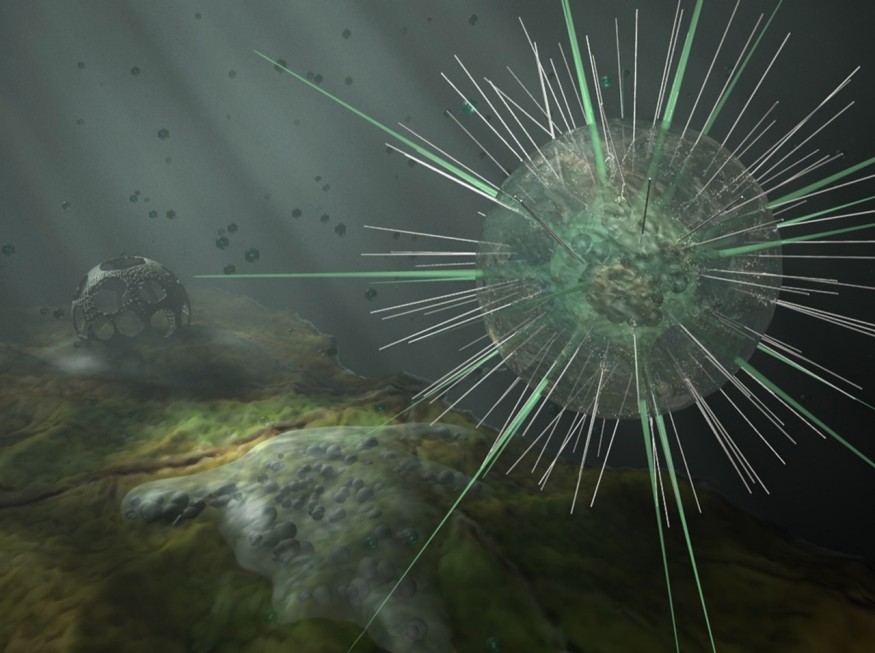A brain-eating amoeba called Naegleria fowleri infected a person in Florida.
Recent reports this week revealed that local health officials have suspected the person acquired it from tap water in the area.
Florida Brain-Eating Amoeba

Officials said that the person in Florida who contracted the brain-eating amoeba acquired it from tap water while rinsing the sinuses in the nose, as cited by Insider news.
The Florida Department of Health in Charlotte County (DOH-Charlotte) stated that the patient acquired Naegleria fowleri in the said scenario.
In spite of the amoeba threat, the department said tap water in the area is still safe to drink.
DOH-Charlotte has launched an investigation into the case, specifically how the infection occurred, and is cooperating with local public utilities to create and implement necessary changes.
Also Read: According to Scientists, a Brain-eating Amoeba Are Rapidly Spreading Due to Climate Change
Naegleria Fowleri
Naegleria fowleri, famously known as the "brain-eating amoeba," can infect people by entering their nose while swimming or diving in water, as well as cleaning the sinuses using tap water, as mentioned earlier in the case of the Florida resident.
According to WebMD, N. fowleri is an amoeba species discovered in 1965 and typically lurks in warm freshwater bodies or contaminated waters, as well as untreated waters like abandoned swimming pools.
The unicellular organism causes a deadly infection and inflammation once inside the body, where it eats brain tissue.
Doctors call the disease as primary amebic meningoencephalitis (PAM), which can only be acquired by a person when the contaminated water containing the deadly bug travel up one's nose.
Primary Amebic Meningoencephalitis
There are multiple species of Naegleria, but only organisms of the fowleri species causes PAM.
First identified in Australia, experts believed it has evolved in the United States.
Just like other pathogens, Naegleria fowleri is microscopic, ranging from eight to 15 micrometers in size, which depends on its current life stage, Web MD said,
The early symptoms of PAM, includes fever, nausea, and vomiting. These symptoms can appear as early as one to 12 days after infection.
The propagation of the amoeba is through cell division, which is dependent on its environment.
N. fowleri becomes inactive cysts when the conditions are not right, but when conditions are favorable, the cysts transforms into trophozoites, the feeding form of the amoeba, WebMD explained.
The amoeba infections are deadly in 97% of cases, since PAM is rare and symptoms develop rapidly, making it hard to treat, according to the Centers for Disease Control and Prevention (CDC).
Related US Case
In addition, to the latest brain-eating amoeba case in Florida.
Similar cases have been reported in the past, with the CDC saying that a total of 31 infections was reported in the US between 2012 and 2021.
In 2016, a Ohio woman named Lauren Seitz, 18, died after getting infected by Naegleria fowleri.
Reports said Seitz was engaging in a whitewater rafting activity at the U.S. National Whitewater Center in Charlotte, North Carolina, when she contracted the amoeba.
One of the companions of Seitz, Colin Evans, following the incident told WBNS-TV that he shared a raft with the teenager at that time in the outdoor recreational park, which includes a man-made whitewater river ride, as cited by The Washington Post.
Evans reportedly narrated that "everybody fell out" of their watercraft and helped each other back in.
Atlhough some of them fell in the same spot, only Seitz contracted the deadly PAM infection.
© 2025 NatureWorldNews.com All rights reserved. Do not reproduce without permission.





